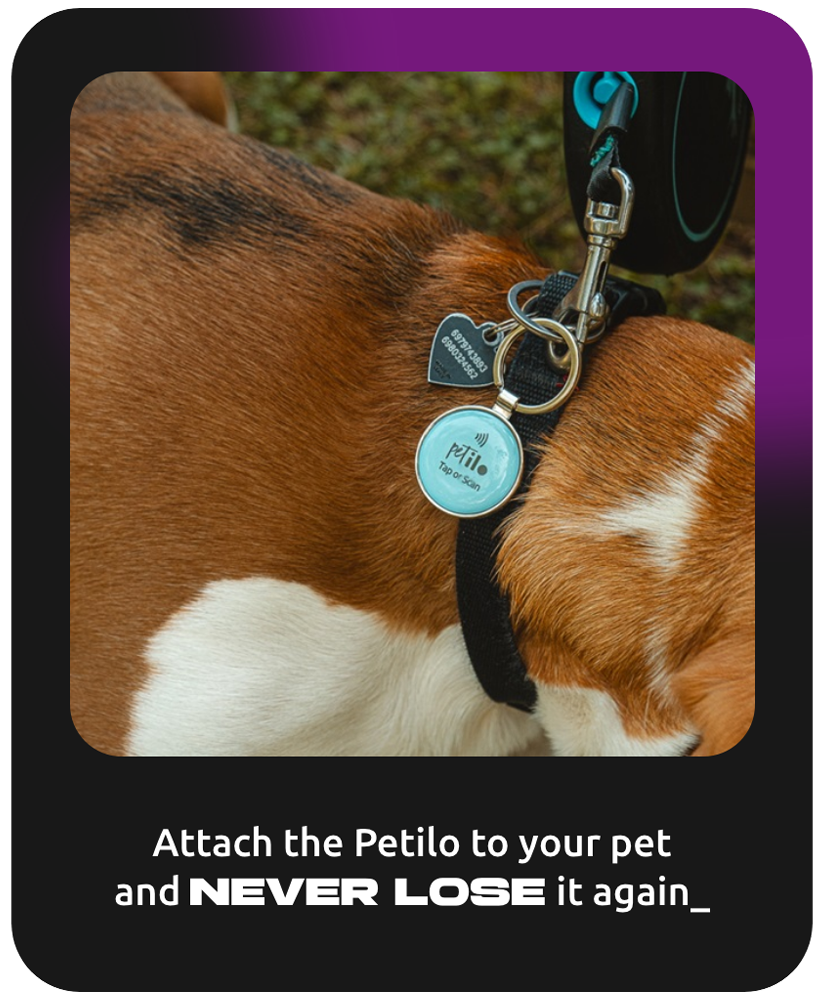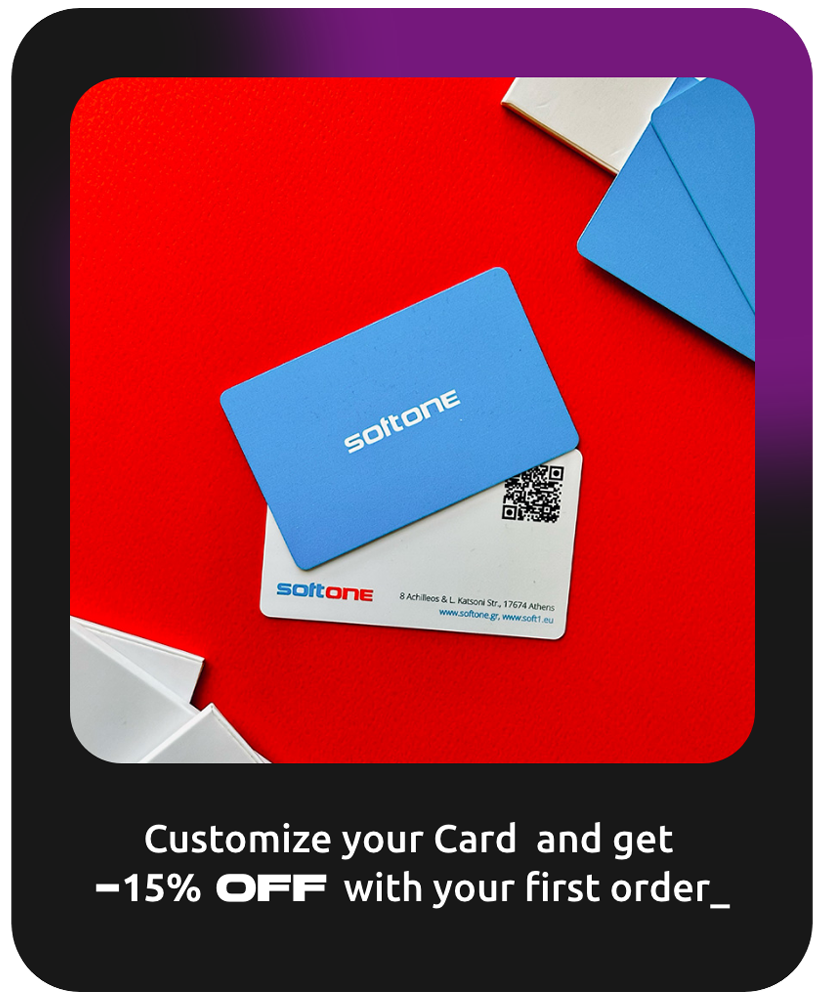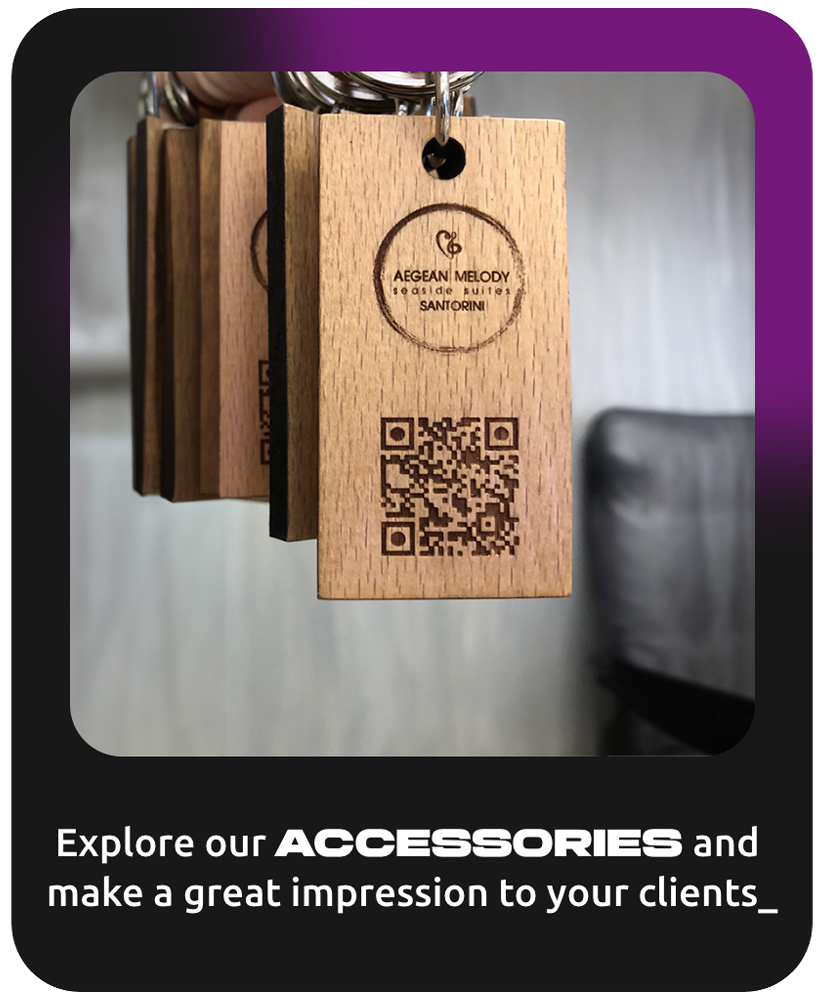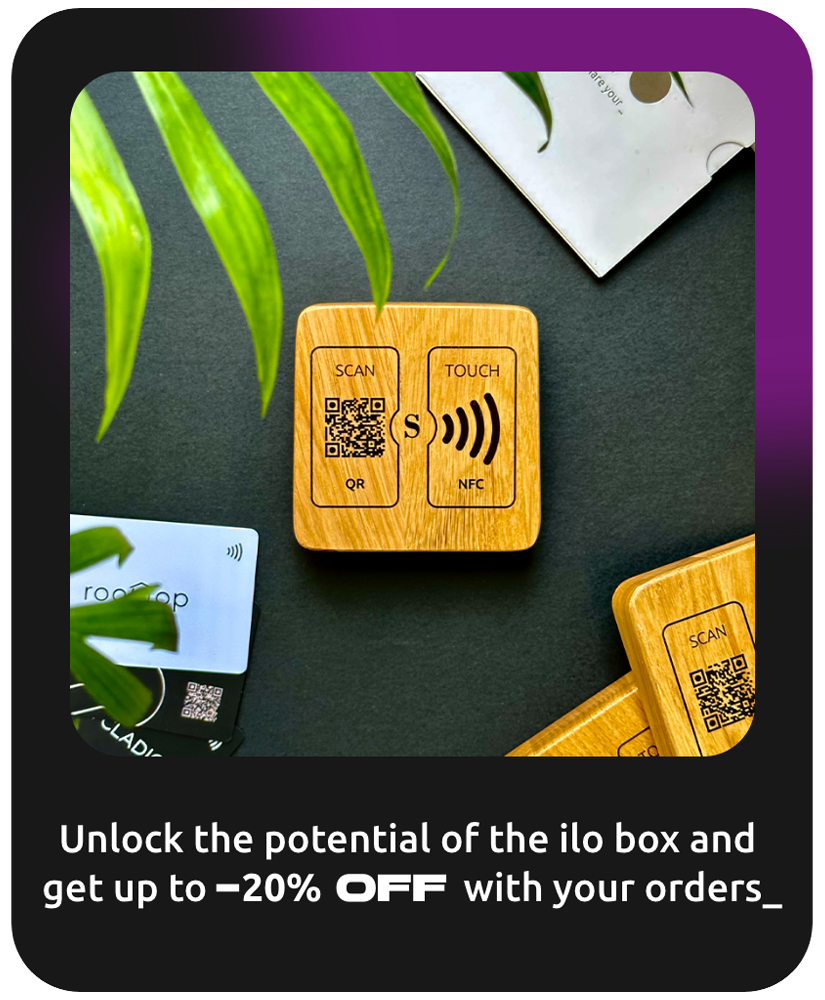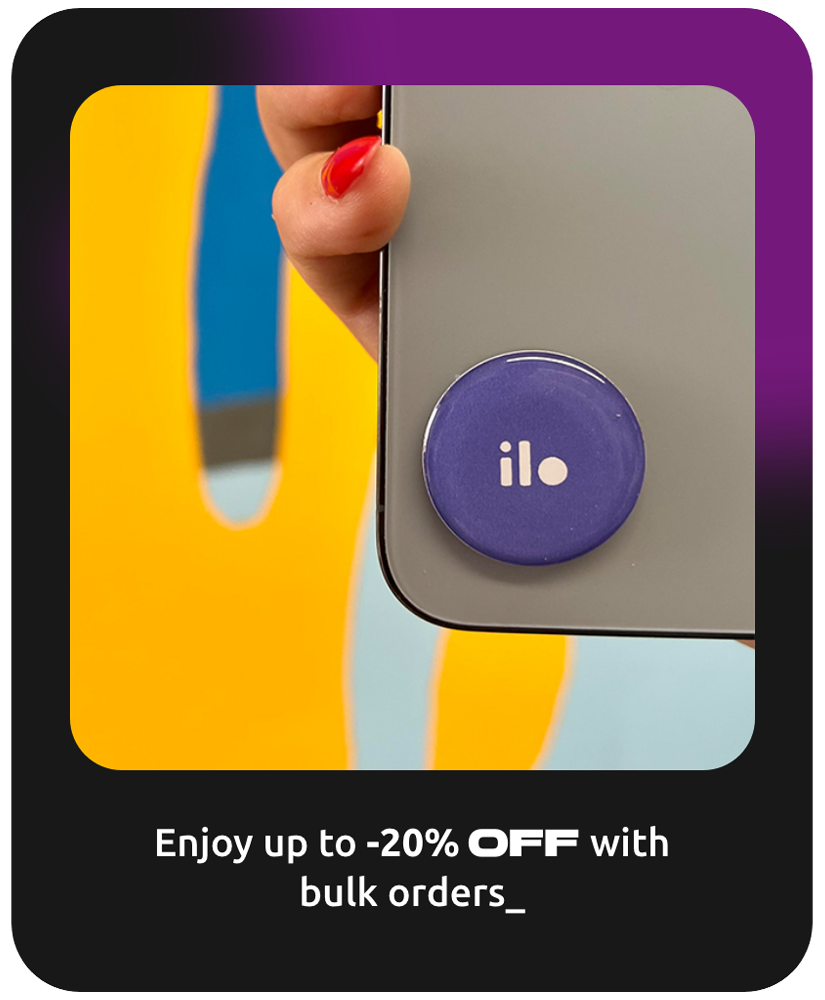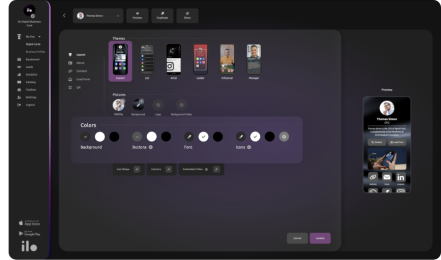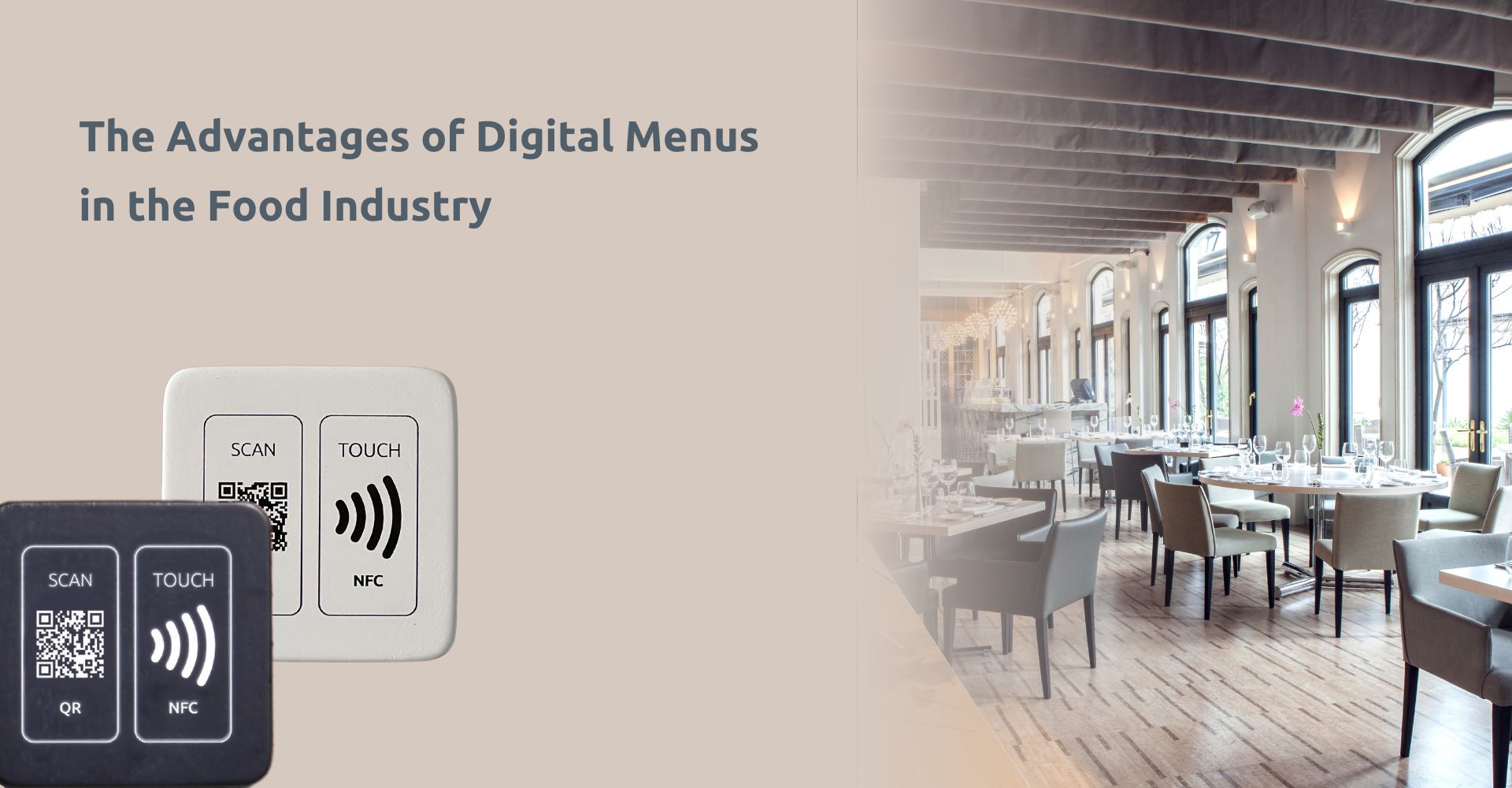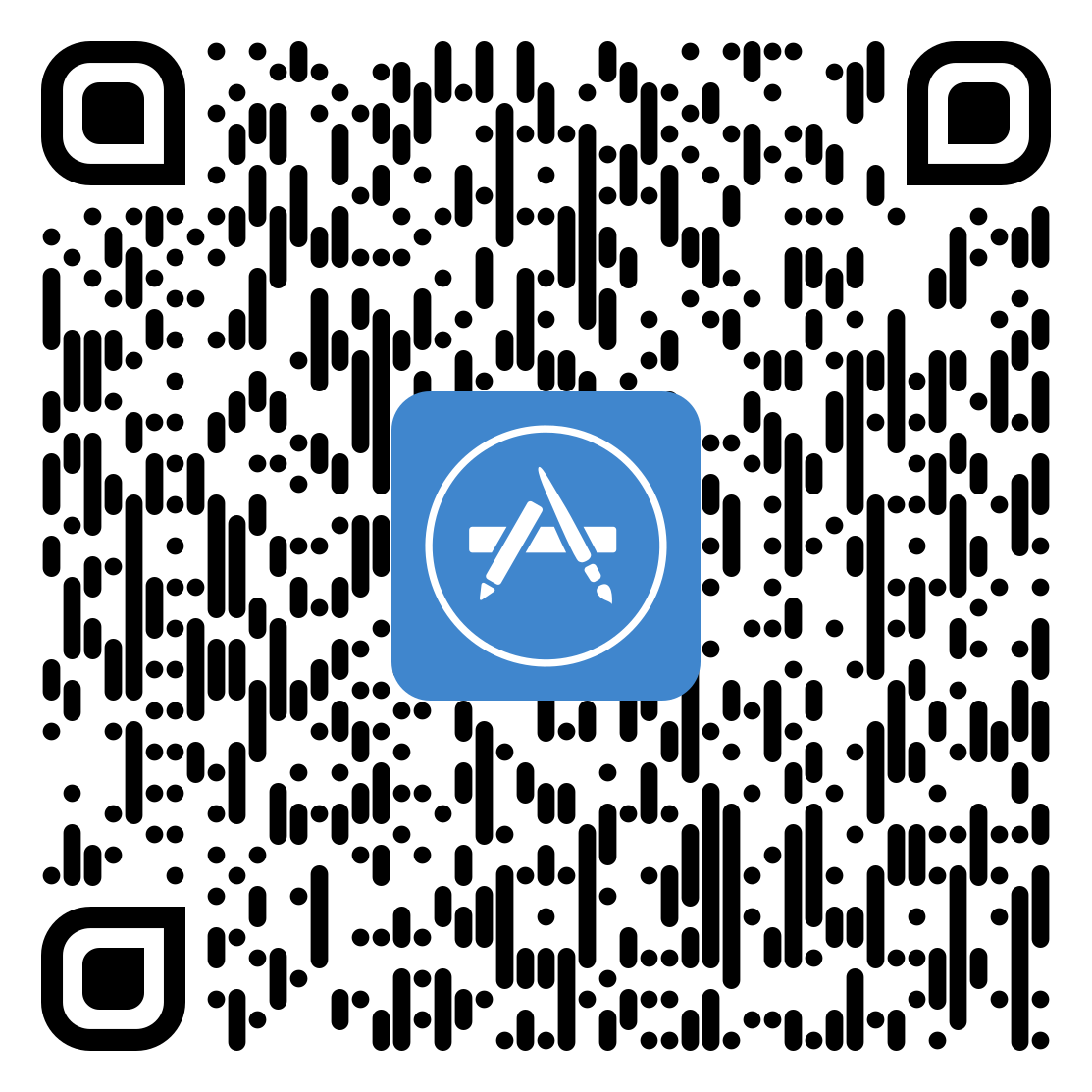In the modern era, technology has seamlessly intertwined itself with nearly every facet of our lives – the food industry is no exception. Many restaurants and cafes are trading traditional paper menus for digital counterparts, offering an enhanced dining experience to their patrons. For those still contemplating this shift, we present compelling reasons to consider this beneficial transformation.
Benefits of digital menus
Digital catalogs usher in a dynamic and versatile interface for restaurants. Unlike static paper menus, digital ones can be easily updated to reflect new items, daily specials, sold-out dishes, or price changes without any additional printing costs or wastage. This saves both time and money, making operations more cost-effective.
More than just a cost-saving strategy, digital menus offer a unique platform for restaurateurs to showcase their dishes. With high-resolution images, they can visually engage customers, enticing their palates and influencing their choices. Consequently, this may lead to increased sales of certain dishes.
On the environmental front, digital menus shine as a sustainable option. By eliminating the need for physical paper, restaurants can significantly reduce their carbon footprint, aligning their operations with global sustainability goals. This not only benefits the environment but also resonates with eco-conscious customers, enhancing the establishment’s reputation.
In light of the recent pandemic, health and safety have become paramount. Digital menus enable touchless ordering through QR codes, reducing the risk of disease transmission and ensuring a safer dining environment. This feature adds an extra layer of comfort to the dining experience, which could attract more customers in the post-pandemic era.
Moreover, digital menus can simplify inventory management and customer service. When a dish runs out, for example, the menu can automatically update, preventing customer disappointment. They also facilitate data collection, helping restaurant owners understand customer preferences, peak times, and successful promotions.
Furthermore, digital catalogs cater to an increasingly diverse society. They can easily switch between different languages or include allergen information, catering to customers’ unique needs and dietary restrictions.
Make the step to the digital transformation
In conclusion, the adoption of digital menus can usher in a host of advantages for restaurants and cafes, offering a convenient, cost-effective, and safe dining experience while being environmentally friendly. By embracing this digital transformation, eateries can position themselves as modern, customer-centric establishments, ready to serve the needs of the 21st-century patron.



